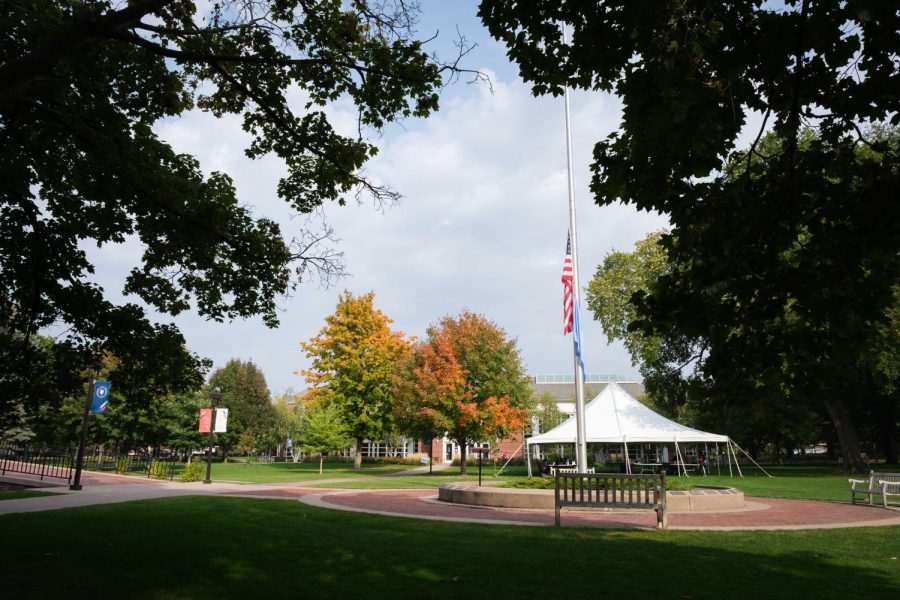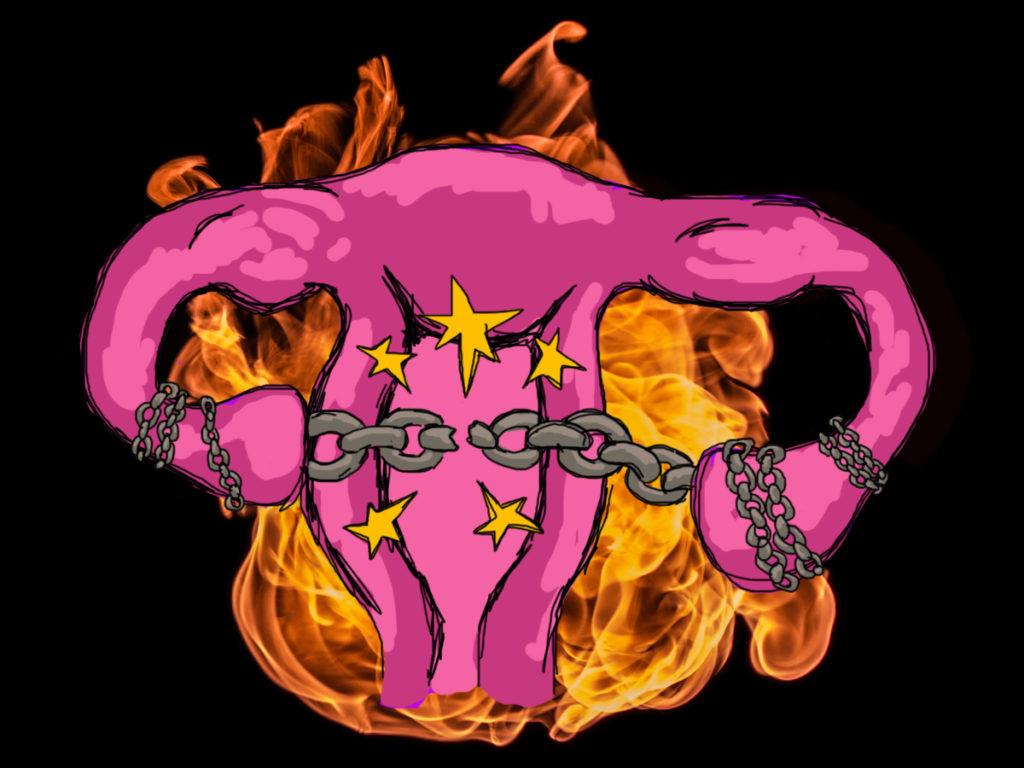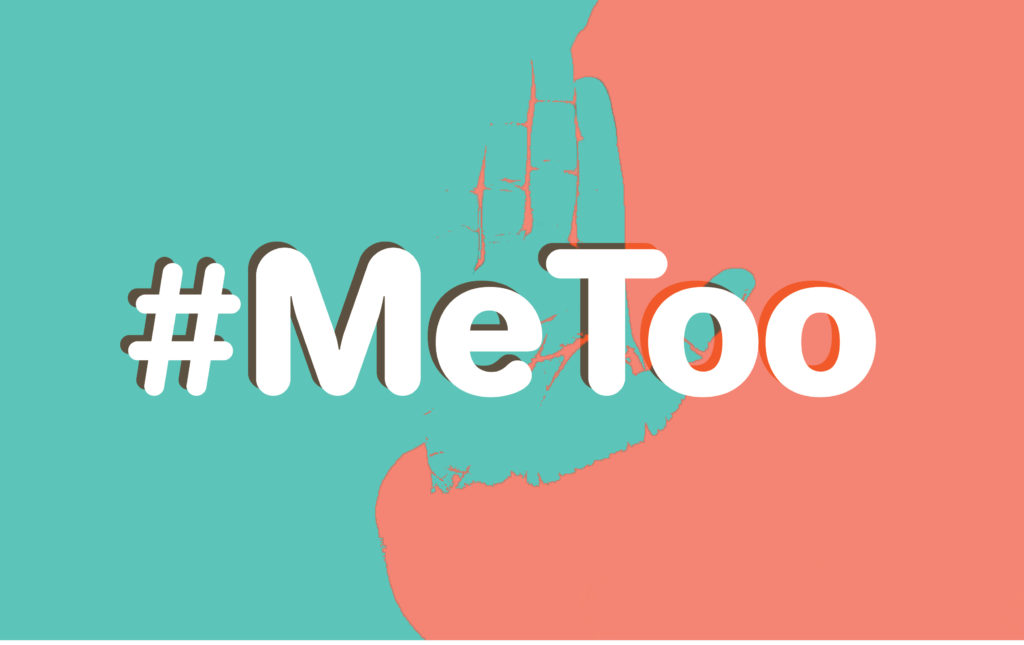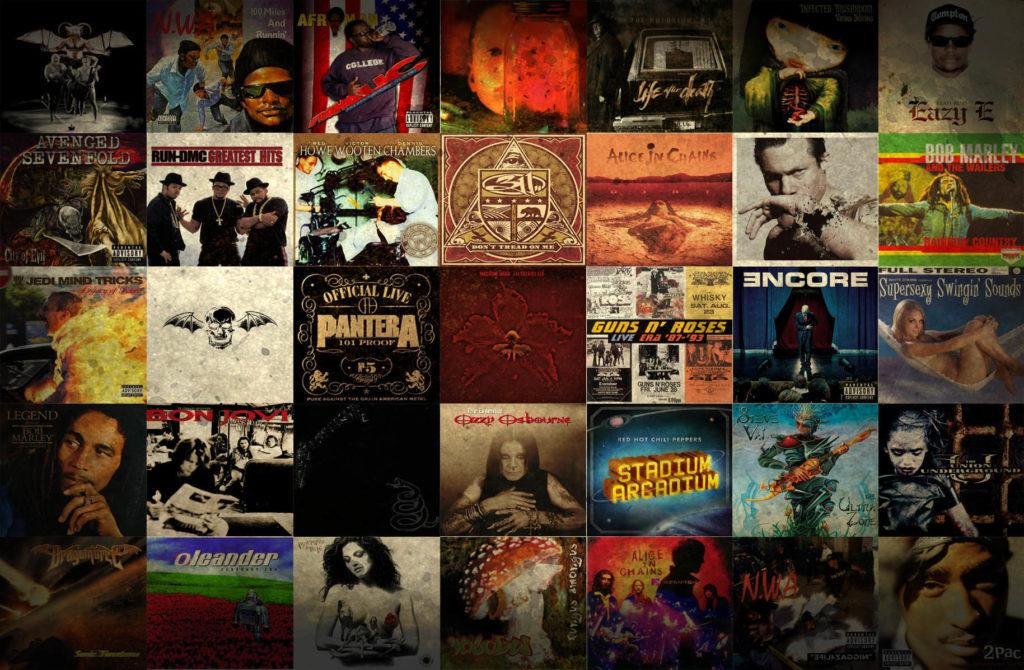It’s time that we have the porn conversation. My goal for this column is not to suggest that one level of consumption of pornography is inherently better or worse than another. Rather, I’d like to ultimately suggest that we start conversations in the Macalester community about the culture and effects of something that’s recently prevalent and that isn’t going away any time soon.
Due to technological advances in recent years, pornography is no longer something that is restricted to adulats, nor something one has to make a trip across town, enter a store, browse for and purchase—all while navigating the stigma attached to a sexual taboo. Pornography is now free and easily accessible behind closed doors to anybody with a decent internet connection. Pornography, now more than ever, is private.
According to statistics reported by BYU, the current average age of exposure to pornography in the United States is 11 years old. Whether or not someone of that age is mentally equipped to safely handle that kind of material at that age is debatable. I’m no neuroscientist, so I won’t make an argument either way. However, I know from my own experience that experiencing pornography as a preteen (I was 12 when I was first exposed to it—an older acquaintance showed a few of my friends and me the infamous “A Night in Paris”) changed my view of both sex and my understanding of how much “information” truly is available on the internet. Being 12, I had a concept of what sex was—which was pretty much limited to heteronormative mechanics. However, until seeing it, I had no distinct mental picture of what sex was. I didn’t have sex for the first time until five years later. In that time, I was exposed to more pornography, thus adding to the mental (now pornography-based) sexual images that I had—none of which were based in reality.
Whether or not this exposure to porn at 12 years old has positively or negatively affected my sexual health, I’m not sure. I’ve only lived—and therefore only have and know—one lifetime of experiences. However, there is research that suggests that the constant availability of images—it’s estimated that approximately 12 percent of all internet sites are pornographic—leads to increasing levels of pornography addiction among Americans, especially American men. Many experts argue that this is due to the biological predisposition of the human brain to become excited by novel sexual experiences. Technology, these experts argue, has evolved faster than we have.
There are many different directions that I could go with this: I could talk about the research that suggests that porn and sexual violence often go hand-in-hand. I could talk about the industry ($57 billion worldwide), which has been accused of mistreating and then discarding its workers. I could talk about what porn addiction could potentially do (or not do) to/for relationships. The list goes on and on.
However, the only truth that I can offer about pornography in today’s society is that I don’t know a definite truth.
What I hope is that we, as a community at Macalester, can begin to remove the stigma surrounding discussing pornography. I hope that we can begin to have open and honest conversations with one another about how pornography affects our respective lives and communities. Pornography affects us all in different ways and discussions about porn will intersect many different realms of each of our individual identities and experiences. Whether or not you are for or against pornography, it appears to be here to stay. We all have something to gain from these conversations, so let’s have them.








